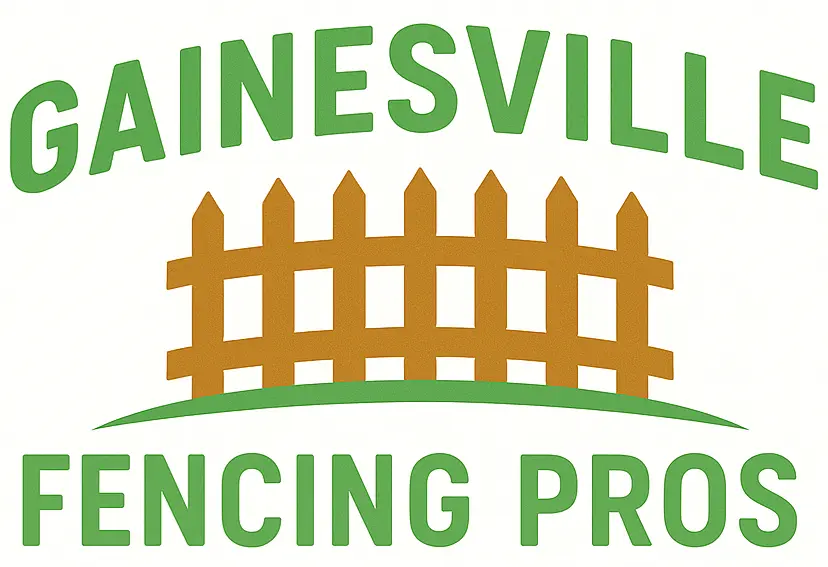Chain link fence installation is the process of setting up a woven steel wire barrier supported by metal posts. This type of fencing is commonly used for securing yards, enclosing pets, and protecting commercial properties. It’s popular for its affordability, durability, and low maintenance.
Homeowners, property managers, and contractors often choose best chain link fence companies in Gainesville for both residential and commercial applications. In areas like Florida, it’s particularly useful due to its resilience against humidity and storms.
What Tools You Will Need for Chain Link Fence Installation
To complete a chain link fence installation efficiently and safely, you’ll need the following tools:
- Post hole digger or auger: For digging uniform holes for the fence posts.
- Measuring tape: To ensure accurate placement of posts and fencing.
- Level: Keeps posts vertically aligned during installation.
- String line and stakes: For marking straight fence lines.
- Wrenches and pliers: To tighten bolts and adjust fittings.
- Come-along tool: Helps stretch the chain link fabric tightly.
- Fence ties and tie wire tool: Used to secure the fence fabric to the posts.
- Concrete mix: For anchoring the terminal and line posts.
- Safety gloves and goggles: To protect your hands and eyes during cutting and stretching.
- Wheelbarrow and shovel: For mixing and pouring concrete.
Checklist: What to Prepare Before Chain Link Fence Installation
Before beginning a chain link fence installation, make sure to have these preparations complete:
- Check local zoning laws and HOA rules
- Confirm allowed fence height and style.
- Obtain necessary permits.
- Call 811 before you dig
- Avoid utility lines by having them marked.
- Avoid utility lines by having them marked.
- Measure and mark fence layout
- Use string lines and stakes to map out corners and gates.
- Use string lines and stakes to map out corners and gates.
- Order correct materials
- Chain link fabric (gauge and height)
- Terminal posts, line posts, top rails, and fittings
- Concrete for setting posts
- Schedule a helper if needed
- Stretching and fastening the chain link can be a two-person job.
- Stretching and fastening the chain link can be a two-person job.
- Confirm gate location and dimensions
- Ensure adequate clearance and swing space.
How Chain Link Fence Installation Is Done
The chain link fence installation process starts by digging post holes at marked locations. Terminal posts (corner, end, or gate posts) are set in concrete and allowed to cure for 24–48 hours.
Next, line posts are installed at regular intervals between the terminal posts. Top rails are then connected across the posts to form the fence’s upper frame. The chain link fabric is unrolled, stretched with a come-along, and attached to the posts using tension bars and wire ties.
Finally, gates are installed, and the entire structure is checked for alignment and tension.
Safety and Access Tips for Chain Link Fence Installation
Staying safe during a chain link fence installation requires planning and caution:
- Wear PPE: Gloves, safety goggles, and steel-toe boots are essential.
- Clear the work area: Remove rocks, brush, and debris before digging.
- Watch for underground utilities: Always call 811 before starting.
- Handle tools carefully: Use caution when operating power augers or cutting tools.
- Use proper lifting technique: Fence rolls and concrete can be heavy.
Post-Service Maintenance for Chain Link Fence Installation
After your chain link fence installation is complete, follow these steps to maintain its durability:
- Inspect quarterly: Check for rust, loose ties, or bent fabric.
- Wash off dirt and debris: Use a hose and mild detergent as needed.
- Lubricate gate hinges: Keeps movement smooth and prevents wear.
- Tighten loose components: Bolts and ties may loosen over time.
- Repaint or treat for rust: Use galvanized paint to repair chipped areas.
Regional Tips for Chain Link Fence Installation in Florida
In Florida, consider these local tips for chain link fence installation:
- Use galvanized or vinyl-coated fabric: Helps resist high humidity and rainfall.
- Dig deeper post holes: For stability in sandy or loose soil common in Florida.
- Install before hurricane season: Avoid weather-related delays or damage.
- Check county regulations: Alachua County may have specific fencing codes.
- Watch for invasive vegetation: Trim vines or plants that may grow into the fence.
Conclusion: Why a Chain Link Fence Installation Checklist Helps
Using a detailed checklist for your chain link fence installation saves time, reduces errors, and improves results. It helps you plan materials, stay compliant with local rules, and ensures the project runs smoothly from prep to post-install care.
Whether you’re a homeowner or contractor, following a structured approach makes chain link fence installation more efficient and less stressful.
FAQ: Common Questions About Chain Link Fence Installation
Most residential installations take 1–3 days, depending on fence length and curing time for concrete.
In many areas, yes. Always check with your local building department or HOA before starting.
Common heights are 4, 5, and 6 feet. Choose based on purpose—security, pets, or privacy.
Yes, but it’s labor-intensive. Having at least one helper and the right tools is recommended.
Use galvanized or vinyl-coated wire and apply rust-resistant paint to any damaged spots.
